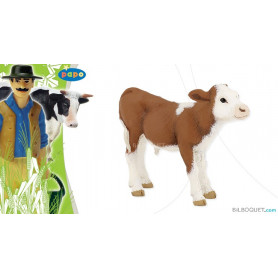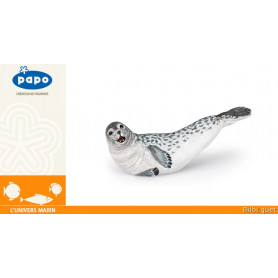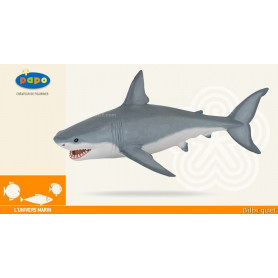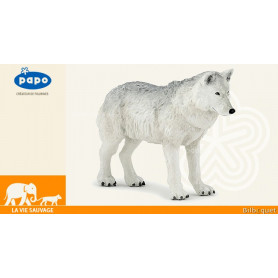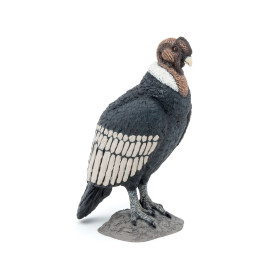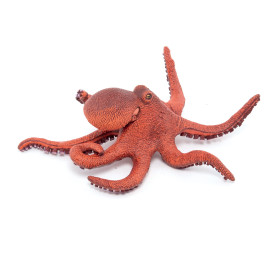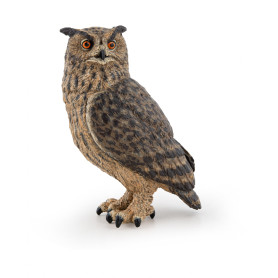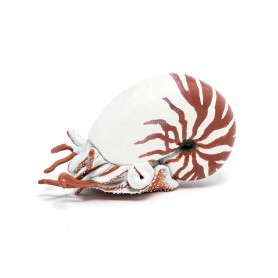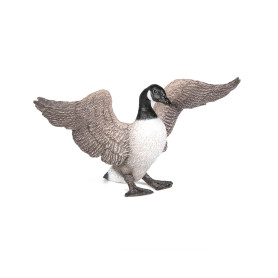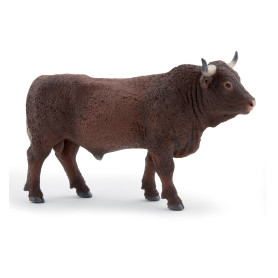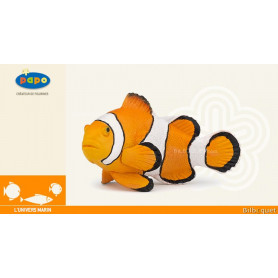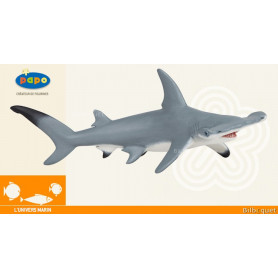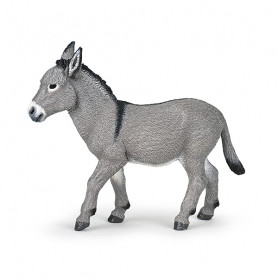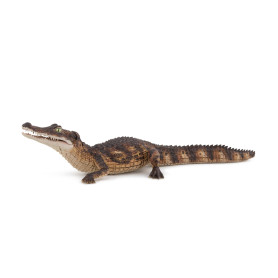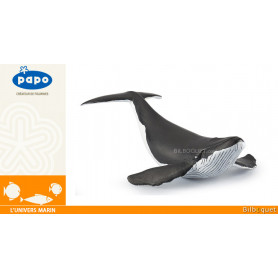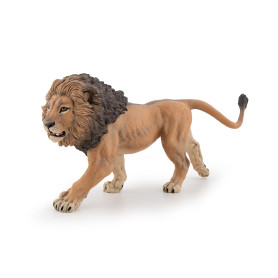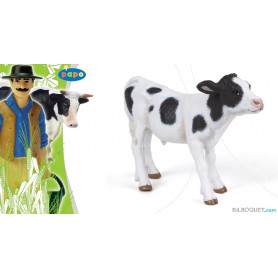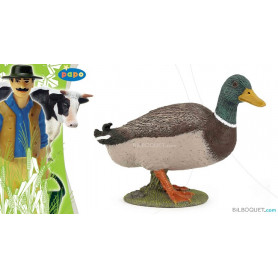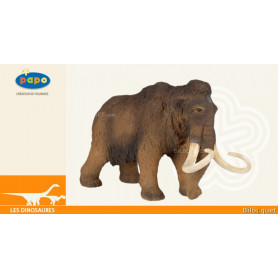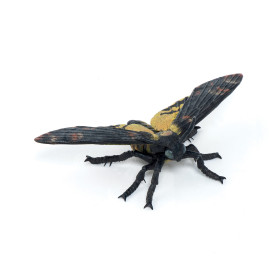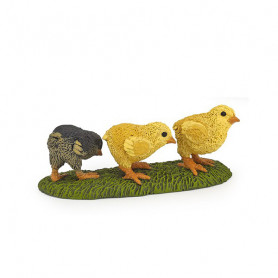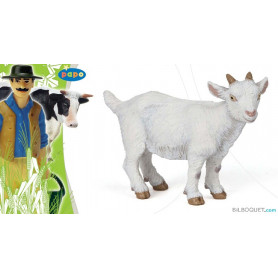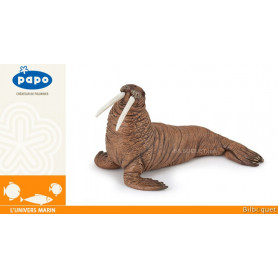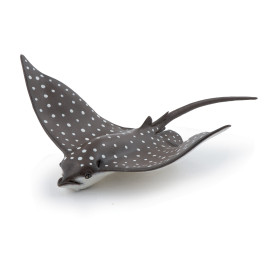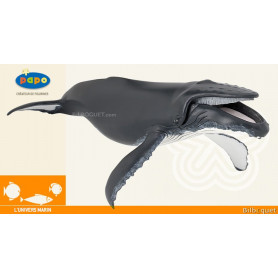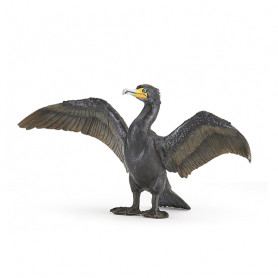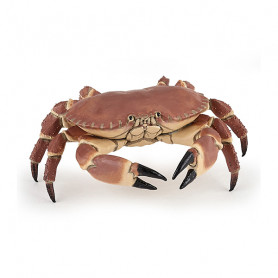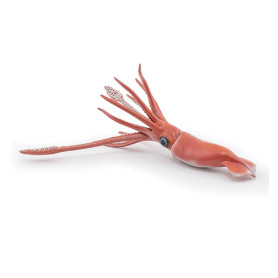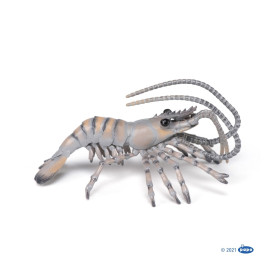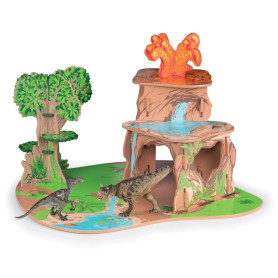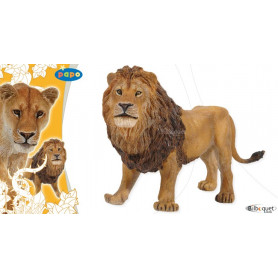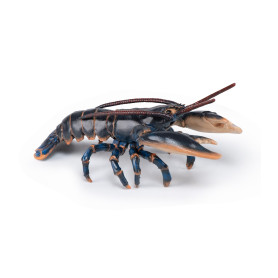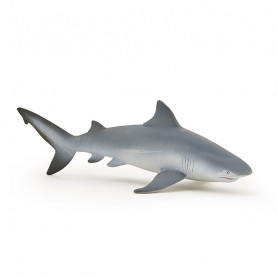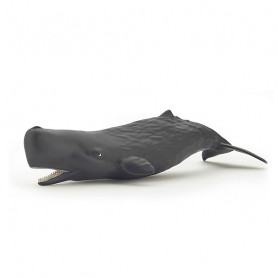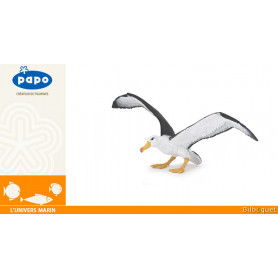Animal Figurines
Discover our collection of Animal Figurines for Children at Bilboquet
At Bilboquet, we celebrate the wonder of childhood with our exquisite selection of animal figurines. Each figurine in our collection is chosen for its quality, originality, and educational potential, guaranteeing not only fun, but also enriching learning.
A world of play and imagination
Our animal figurines plunge children into a world where imagination reigns. With figurines ranging from farm animals to mystical sea creatures, every game becomes an educational adventure. From children's role-playing games to educational figurines, we've got everything to stimulate the imagination of young minds.
Carefully selected for safety and innovation
Innovation and safety are at the heart of our selection. Each figurine is designed to be safe, durable and stimulating. Enrich your child's play experience with figurines that are more than just toys.
Why choose our animal figurines?
- Guaranteed quality: Selected from local and international manufacturers renowned for their excellence.
- Educational and fun: Each figurine is a gateway to fun learning.
- Species diversity: From the majestic Anglo-Arab mare to the fascinating dinosaurs, every choice promises a new discovery.
The Canada Goose is a species of large bird in the Anatidae family. She is the largest of the barnacles, or black geese. Measuring almost a meter long and with its wingspan between 150 and 180 cm, it is the largest goose in Europe.
The shrimp is an aquatic crustacean that has 5 pairs of legs without hooks but whose cilia facilitate swimming. It is elongated with a carapace and a head that supports highly developed antennae and mandibles. Omnivorous, it lives among the algae on the sandy bottom and feeds on plankton, fish, dead crabs and worms. Its lifespan can be 7 years.
Les homards sont une famille de crustacés appartenant à la tribu des arthropodes . Les homards se trouvent partout dans le monde, tant en eau douce qu'en eau salée., de crabes morts et de vers. Sa durée de vie peut être de 7 ans.
